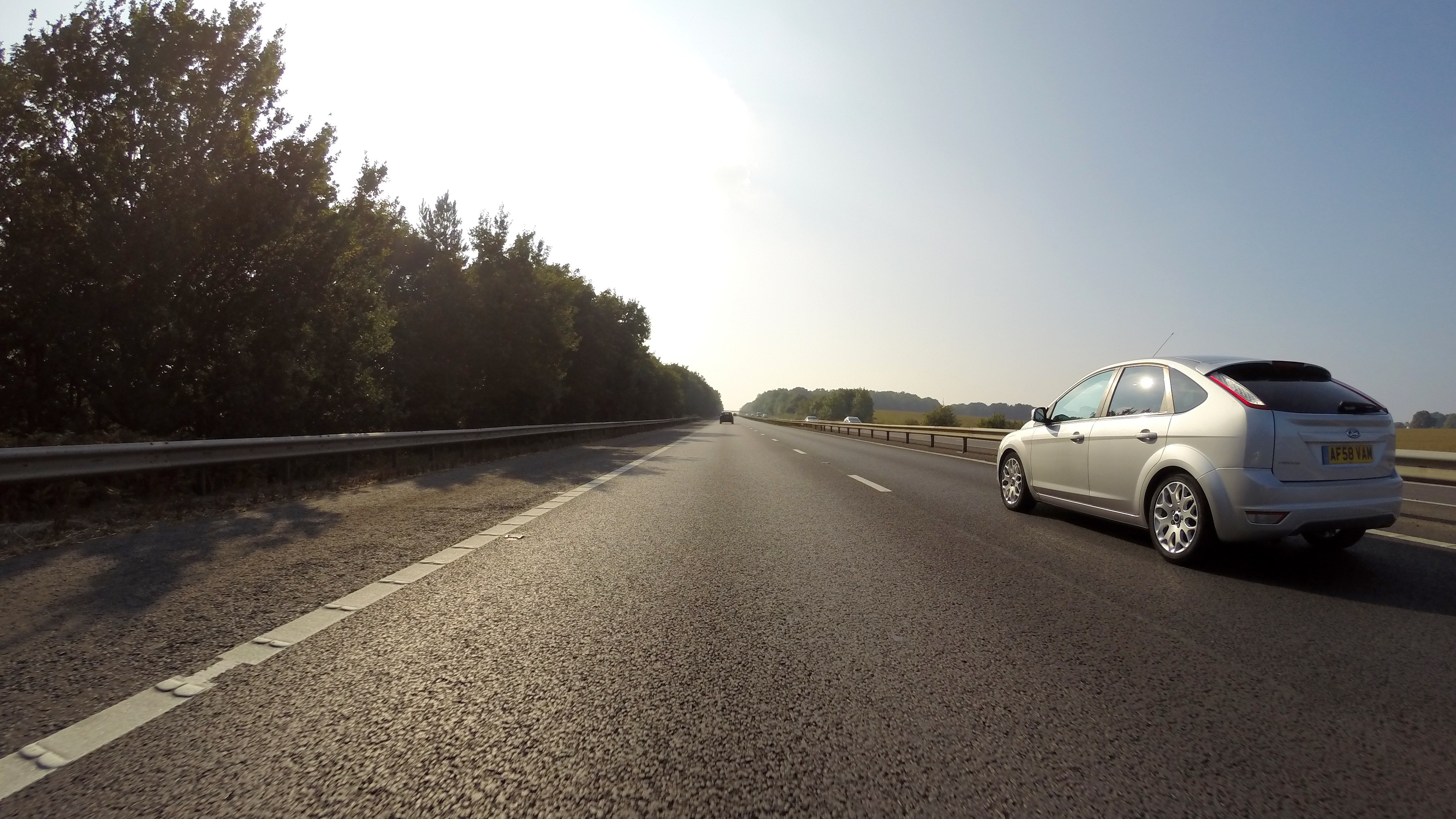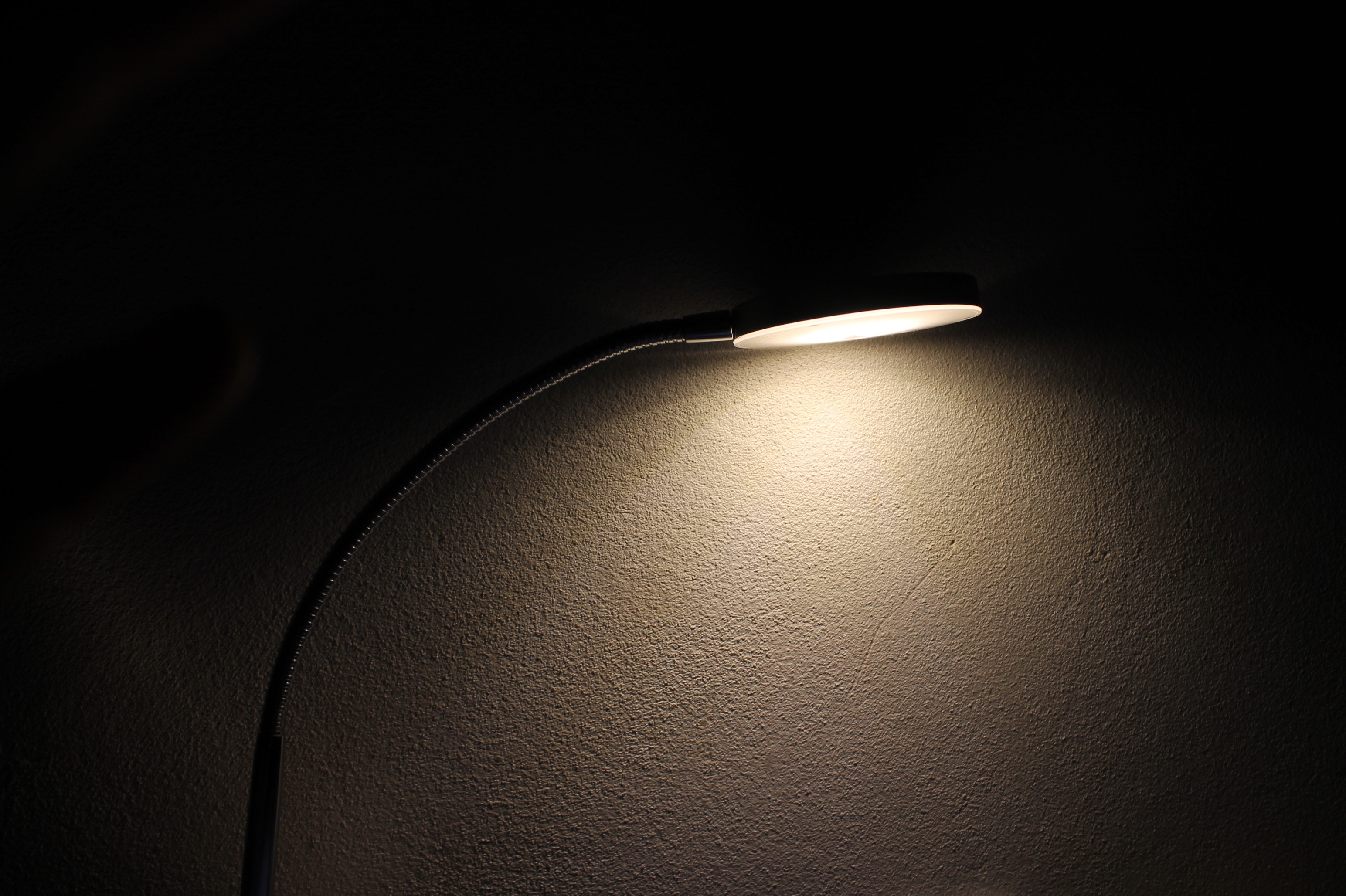Lesson Modules
Teaching Tips:
For each challenge, this activity plan includes 3 parts, 20 minutes for each:
- “Warm‐up” or easier puzzles
- Additional Cubelets challenges that tackle harder problems or add more Cubelets
- Capstone challenges using more Cubelets or combining previous challenge elements
If your class, camp, or club has less than 60 minutes, we suggest using each part as a single activity on consecutive class days.
These activities have no suggested age levels because different challenges may appeal to different groups depending on the objectives of your class, camp, or club. Most students who are new to building with Cubelets will have more initial success and gain more understanding by understanding single sense (black Cubelet) single Action (clear Cubelet) robots first. This can be done separately or you can use the exercises presented in Cubelets challenges, Part 1.
Special note: Possible solutions to these challenges are pictured but there are many solutions to every challenge. These pictures aren’t meant to limit you or your students- they are just to get you started!
Introduce each group to Cubelets challenges
Tell the class: “Today we’re going to try and problem-solve using these Cubelets to build robots. Robots are devices that can sense, think, and act. Black Cubelets have senses, like our eyes and ears. Clear Cubelets are the action parts of the robots that do things. And colored Cubelets are the thinking or logic parts of the robot. All of our challenges will be aimed at thinking about building something to meet a need, solve a problem, or make something that can help us do or understand something.“
Materials: Students can use the KT01 kit in groups of 14 students per kit
Can you make a robot lighthouse that knows to turn on in the dark?
- What action(s) will you need to include?
- What sense will work best?
- What Think block will best help this robot “know” to turn on in the dark?
/IMG_1434.jpg)
/IMG_1435.jpg)
Is there a way to make this like a “real” lighthouse casting light around its lighthouse tower in a circle? What Cubelet do we need for that?
What additions can you make to your lighthouse to improve its function and design?
/IMG_1436.jpg)
/IMG_1437.jpg)
/IMG_1439.jpg)
Tell the class: “This is the blocker Cubelet. It allows us to attach two separately operating robots together. They will be connected, but they’ll each have their own, independent, sense‐act relationship. Using the Blocker Cubelet can you make a steering robot that has sides that drive and sense independently?”
- What senses will work best? Why?
- What Action Cubelets will you need and why? Try having the sense Cubelets facing UP.
- Now try having the sensors facing OUT. Does this make a difference?
- Try to imagine how this robot would do a job in the world and interact with its environment.
- What’s the best way to configure the sense and action directions with that in mind?
Today we’re going to try and problem-solve using these Cubelets to build robots. Robots are devices that can sense, think, and act.
Black Cubelets have senses, like our eyes and ears.
Clear Cubelets are the action parts of the robots that do things.
And colored Cubelets are the thinking or logic parts of the robot.
All of our challenges will be aimed at thinking about building something to meet a need, solve a problem, or make something that can help us do or understand something.
Answer these questions with your group while working on these challenges:
Can you make a robot lighthouse that knows to turn on in the dark?

- What action(s) will you need to include?
- What sense will work best?
- What Think block will best help this robot “know” to come on in the dark?
Is there a way to make this like a “real” lighthouse casting light around its lighthouse tower in a circle?
- What Cubelet do we need for that?
- What additions can you make to your lighthouse to improve its function and design?
The blocker Cubelet allows us to attach two separately operating robots together. They will be connected, but they’ll each have their own, independent, sense‐act relationship. Using the Blocker Cubelet can you make a steering robot that has sides that drive and sense independently?
- Now try having the sensors facing OUT. Does this make a difference?
Try to imagine how this robot would do a job in the world and interact with its environment.
Teaching Tips:
Materials: Students can use the KT01 kit in groups of 14 students per kit
/IMG_1440.jpg)
Now that you’ve made both a lighthouse with the Inverse Cubelet, and a steering robot with the Blocker Cubelet, let’s test some designs that could use both of these Think Cubelets.
Can you make a driving robot that will steer with independent sides, but also know to slow down before it bumps into objects on the table?
- What tasks could this robot do in the world?
- What other ways can you create robots with these two Think Cubelets? Does this robot have a purpose or job?
/IMG_1441.jpg)
Can you make a robot using at least one Blocker and 2 Inverse Cubelets that will drive fast until it gets close to a wall?
- What will the robot need to sense?
- Does the robot need more than one sense?
- What direction should the senses face?
- Will the robot benefit from more actions than just the drive Cubelets?
- What other considerations are important when building this robot? (e.g. Battery placement may help with balance/stability)

Can you make a driving robot that will steer with independent sides, but also know to slow down before it bumps into objects on the table?
- What tasks could this robot do in the world?
- What other ways can you create robots with these two Think Cubelets? Does this robot have a purpose or job?
Can you make a robot using at least one Blocker and 2 Inverse Cubelets that will drive fast until it gets close to a wall?
- What will the robot need to sense?
- Does the robot need more than one sense?
- What direction should the senses face?
- Will the robot benefit from more actions than just the drive Cubelets?
- What other considerations are important when building this robot?
Teaching Tips:
Materials: Students can use the KT01 kit in groups of 14 students per kit.
Driving Flashlight Robot
/IMG_1443.jpg)
/IMG_1442.jpg)
Stationary Flashlight Robot
/IMG_1446.jpg)
Knob Flashlight Robot
/IMG_1448.jpg)
Imagine yourself in a dark room or basement. You can’t find the lightswitch and you don’t have a flashlight but you have Cubelets ‐ can you build a robot that will help lead you out of this dark room?
- How can a robot help us accomplish this?
- What Action Cubelet(s) do you most want to use? What senses will be most useful and why?
- What Think Cubelet(s) will you use and why?
- How will your robot work to get you out of the dark room ‐ go test it in a dark space!
Now, imagine yourself in a dark room or basement. Once again, you don’t know where the door or lights are and you have Cubelets, but not all of them. Someone has stolen your Flashlight and Brightness Cubelets! Can you still assemble a robot that will help you find your way out of the room?
(There may be multiple solutions to this problem. Ours is to use a Distance and Speaker so that it can alert you when you’re close to a wall)
- Hint 1: If you had no flashlight, didn’t know where the lights were, and had no robots, what would you do? What would be most useful to find? (Stick your arms out, and walk very slowly until you find walls you could follow)
- Hint 2: Is there a way a robot could help you find the wall even if you couldn’t use the robot to light up and SEE the wall?
- Hint 3: What will this robot need to SENSE?
- Hint 4: What’s a good action Cubelet to use so you know when the robot is sensing the wall?
/IMG_1450.jpg)
How will your robot work to get you out of the dark room? Go test it in a dark space!
Which of your two designs for dark‐room robot helpers works better?
- What counts as better? Define that ‐ is better “getting out faster?” or is it, “not bumping into the wall as much?” Or is it something else?
- Have multiple people use your robots in the dark room and see which they prefer and why!
Imagine yourself in a dark room or basement. You can’t find the light switch and you don’t have a flashlight but you have Cubelets ‐ can you build a robot that will help lead you out of this dark room?
- How can a robot help us accomplish this?
- What Action Cubelets do your most want to use?
- What senses will be most useful and why?
- What Think Cubelet(s) will you use and why
How will your robot work get you out of the darkroom? Go test it in a dark space!

Now, imagine yourself in a dark room or basement. Once again, you don’t know where the door or lights are and you have Cubelets, but not all of them. Someone has stolen your Flashlight and Brightness Cubelets! Can you still assemble a robot that will help you find your way out of the room? (There may be multiple solutions to this problem.)
If you had no flashlight, didn’t know where the lights were, and didn't have any robots, what would you do? What would be most useful to find?
Is there a way a robot could help you find the wall even if you couldn’t use the robot to light up and SEE the wall?
- What will this robot need to SENSE?
- What’s a good action Cubelet to use so you know when the robot is sensing the wall?
How will your robot work get you out of the darkroom? Go test it in a dark space!
Teaching Tips:
Which of your two designs for dark‐room robot helpers works better?
Have multiple people use your robots in the darkroom and see which they prefer and why!

